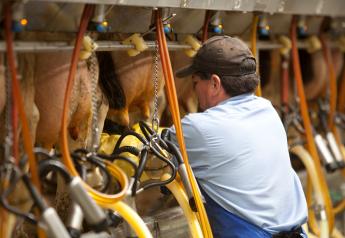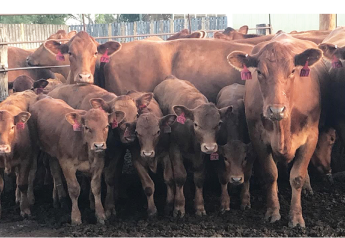Genomic Tools for Understanding BRD

While environmental factors and host genetics heavily influence BRD morbidity rates, understanding the genomic and molecular biology tools also can improve our understanding of BRD pathogens and the communities of other microorganisms that help keep those pathogens at bay.
During the 2019 BRD Symposium in Denver, several presenters outlined technologies including molecular diagnostics and genomic sequencing for non-pathogenic microbes colonizing the bovine respiratory system.
Trevor Alexander, PhD, a microbiologist at Agriculture and Agri-Food Canada’s Lethbridge Research and Development Centre, outlined several studies using next-generation sequencing to explore how the respiratory microbiota affects resistance or susceptibility to BRD.
“While a direct causal relationship between respiratory microbiota and the development of BRD in feedlot cattle has not been fully elucidated, increasing evidence suggests that the microbiota contributes to respiratory health by providing colonization resistance against pathogens and maintaining homeostasis,” he says. Certain management practices such as weaning, transportation, feed transition and antibiotic application can disrupt the respiratory microbiota, potentially altering pathogen colonization.” Development of bacterial therapeutics that target restoring the normal respiratory microbiota could provide alternatives to antibiotics, he adds, while understanding the microbiota also could enhance diagnostics and predictive ability for BRD.
From the University of Nebraska veterinary Diagnostics Center, John Loy, DVM, PhD discussed the role of molecular diagnostics for more accurately identifying BRD pathogens. Opportunistic pathogens, he says, provide unique diagnostic challenges due to variation in virulence factors, immune pressure, host biology and environmental factors.
Currently, he says, cell cultures serve as the gold standard for diagnosing most bacterial pathogens, but the process takes time, technical expertise and high-quality samples, and results are primarily qualitative. Antibody or antigen-based tests require good-quality tissues and laboratory expertise.
Molecular diagnostic tools such as real-time polymerase chain reaction (PCR) tests require significant investment in equipment, but can provide superior speed and accuracy. Sensitivity and specificity of the tests are equivalent to cultures for most bacterial pathogens, and Loy says PCR does better at detecting Histophilus somni, probably detecting positive samples missed by culture methods. Sensitivity and specificity also are higher for PCR for analyzing samples from nasal swabs, and PCR improves co-detection significantly.
PCR tests also can detect specific viral agents, helping identify trends in respiratory virus populations, and can identify resistance genes for antibiotic sensitivity testing.
For more summaries from the BRD Symposium and Academy of Veterinary Consultants Conference, see these articles from BovineVetOnline:
BRD: Treatment Failures Add Up
BRD Risk: Look at the Big Picture







